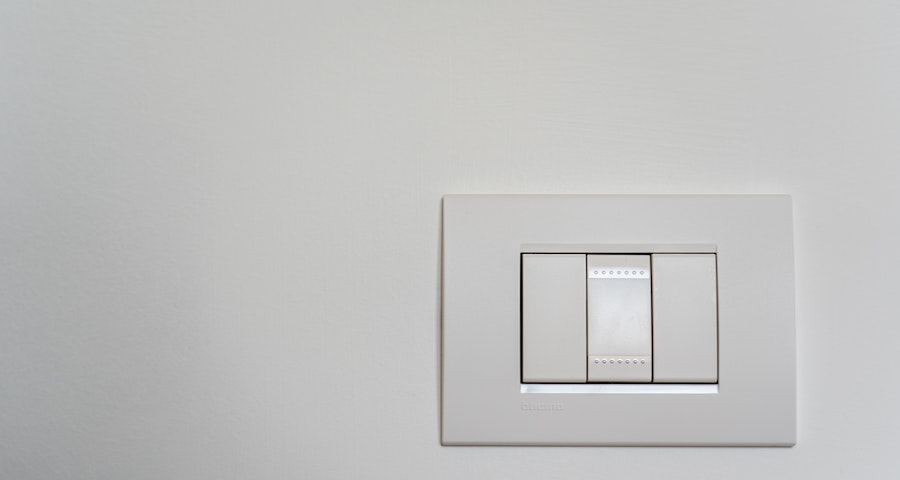
Homeowners oftentimes struggle to determine whether a switch in their home is faulty or not. Electrical switches are among the essential components of most homes as they help control lighting, temperature, and appliances with a simple flick of a switch. A switch serves as a breaker for an electrical circuit and facilitates the delivery of an electrical current when turned on. However, when a switch malfunctions, it could become hazardous and cause electrical shocks, fires, or damage to your electronic devices. This blog post will help you understand how to tell whether a switch in your home is malfunctioning or not.
Contents
Test the Switch
The first and most obvious method is to test the switch. You will need to switch off the power supply to the particular switch at the main electrical panel before getting started. Then, with a voltage tester, check whether you can detect any voltage at the light switch. For safety reasons, always wear rubber gloves and keep one hand in your pocket. Place one prong of the voltage tester on the ground while the other prong touches the top screw on the switch. You should get no reading if the switch is functioning correctly.
Inspect the Wiring
A faulty switch could be a result of a frayed or loose wire. Turn off the power to the light switch and unscrew the switch plate. Once the switch is open, examine the wiring and provide it with a light tug to ascertain if it’s properly attached. If the wires are loose, reattach them securely. If you discover any frayed wires, they need to be replaced immediately.
Check the Switch Plate
Sometimes, a faulty switch can occur because of a loose or cracked switch plate. Take away the switch plate to check for cracks or any loose screws on the switch.
Consistency with Other Switches: A different way of identifying a bad switch is to check whether it’s an inconsistency with other switches’ operation at home. If you’ve got numerous switches that control identical electrical circuits and notice that one switch is malfunctioning out of the other remaining switches, it’s an indication that the switch is faulty.
Switch Replacement
If all else fails, the ultimate method for detecting a bad switch is by replacing the switch altogether. This is often a bit expensive compared to the other methods mentioned, but replacing a switch isn’t a job that necessarily requires a licensed electrician. Make sure to turn off the power to the switch at the electrical panel, then unscrew the faceplate to reveal the switch. Once the switch is out, it should be easy to match and replace with a brand-new one.
Conclusion:
Electrical switches provide immense convenience, but when they become faulty, they can become dangerous to your household. As a homeowner, being watchful for these signs will assist you in catching any malfunctions early, ensuring the safety of your family, and equipment. It’s vital that you continuously test, inspect and replace faulty switches. Remember, if changing the switch seems too complicated for you to handle, it’s best left to the professionals. Always prioritize safety when dealing with electrical work at home.
